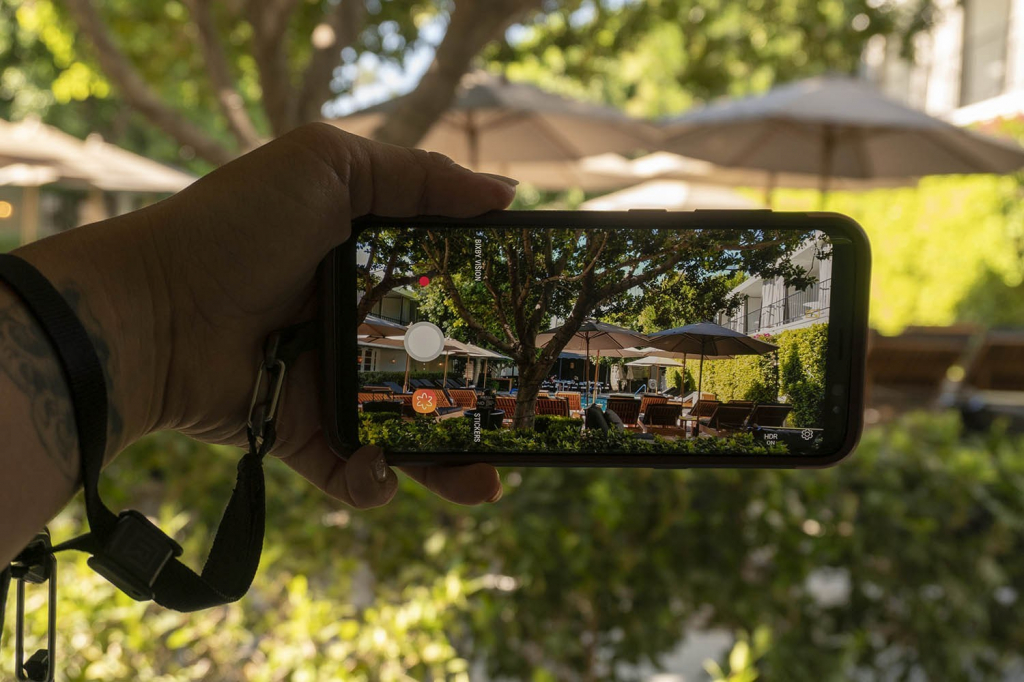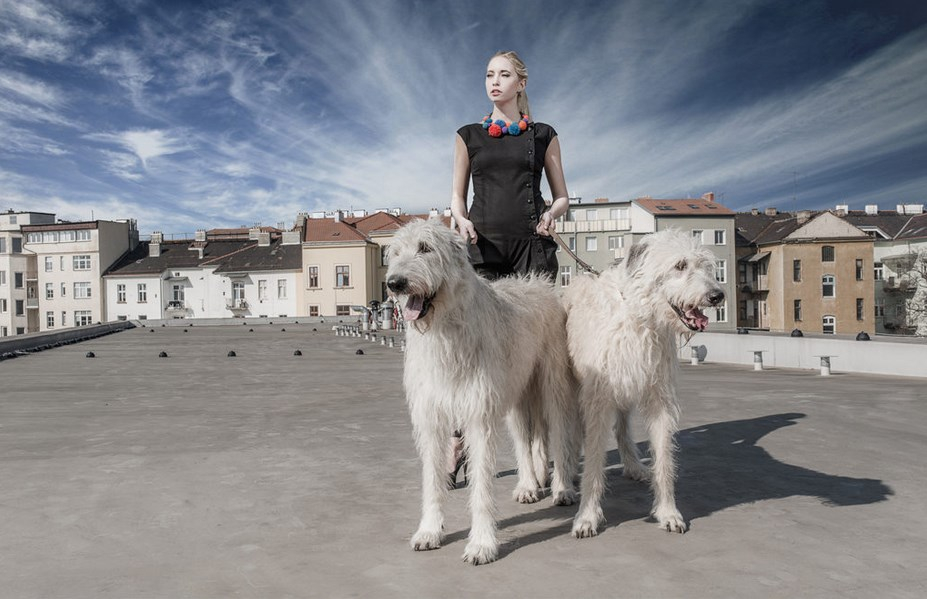WOMAN PIONEERS AFFECTING THE HISTORY OF THE PHOTO
 The history of women photographers originates from the photo itself. Nevertheless, while male names fell to the top of a photographic spoken language, the contribution of women leveled or was completely erased from history (in general, the same situation in other types of art). Nevertheless, there is no doubt that, regardless of the reasons for this phenomenon, there remains a gaping hole in the story about photography, if you don’t remember the female names.
The history of women photographers originates from the photo itself. Nevertheless, while male names fell to the top of a photographic spoken language, the contribution of women leveled or was completely erased from history (in general, the same situation in other types of art). Nevertheless, there is no doubt that, regardless of the reasons for this phenomenon, there remains a gaping hole in the story about photography, if you don’t remember the female names.
9 women, which will be discussed in this article, have established their influence on the history of photography through technical and artistic ingenuity. What is it about? Let’s look together at the creativity of each and get a more complete picture of what is happening in the history of photography.
Julia Margaret Cameron (Julia Margaret Cameron, 1815-1879)
Julia Margaret Cameron received her first camera as a gift from … her own daughter in 1863. She plunged into photography, creating portraits and scenes inspired by literature, mythology, and religion. Cameron rejected the meticulous photorealism that contemporaries sought. Instead, she preferred the fabulous softness, saying: “… when I focused and caught something that, in my opinion, was very beautiful, I immediately stopped at this, instead of continuing to look for a clearer focus, on which insisted the other photographers. ”
Cameron’s house was often visited by celebrities, which provided her with ample opportunities to explore the characters of the most famous people of that time. Her portraits represent some of the earliest examples of artistic formal encounters. For 16 years, Cameron has created more than 1,200 images — a staggering number, given the time-consuming process of creating each one at a time.
Mary Steen (Mary Steen, 1856-1939)
Mary Steen is a female photographer and feminist from Denmark. She succeeded in indoor photography, especially in difficult areas due to the lack of power-supplying light sources available at the time. In 1888, Stern became the first court female photographer in Denmark, whose role was to photograph both Danish and British royals. In 1891, Mary became the first woman on the board of the Danish Photographic Society.
Steen was also a member of the board of directors of the Danish Women’s Society. Together with Julie Laurberg, she photographed leading figures of the Danish women’s movement. In 1896, Steen began working as a photographer for Alexandra, Princess of Wales, later the Queen of England. She encouraged other women to take photographs, and also fought to improve working conditions, including eight days off and half days off on Sundays.
Imogen Cunningham (Imogen Cunningham 1883-1976)
Succulent Imogen Cunningham
Imogen Cunningham, known for her botanical, nude and industrial photos, was one of America’s first professional women photographers.
After studying photographic chemistry at the university, Cunningham opened her studio in Seattle. She received recognition for portrait and painting work. Subsequently, Imogen invited other women to join her, publishing in 1913 an article entitled “Photography as a profession for women”.
Cunningham was never limited to any one genre or style of photography. In 1915, her husband Roy Partridge posed for a series of nude photos. Photographing nu-nu has even received a critical assessment, despite the fact that at that time it was in principle a taboo subject.
“Which of my photos is my favorite? The one I’m going to take tomorrow,” Imogen Cunningham always said.
Gertrude Fehr (Gertrude Fehr, 1895-1996)
Solarization example, dark room technique used by the movement
An example of solarization, a dark room technique used by the New Photography movement in Paris, which can now be emulated in Photoshop
After studying at the Bavarian School of Photography, Gertrude Fehr studied with Edward Vasov. In 1918, Fehr opened a studio for portrait and theater photography. In 1933, the political situation forced her to leave Germany with her husband. Settling in Paris, the couple opened a Publi-phot photography school. The school specialized in advertising photography, an innovative program at the time.
Gertrude Fer participated in the New Photography movement in Paris. Exhibiting his works along with Man Ray, Fehr explored the artistic boundaries of photography, creating photograms, solarized prints and doing photomontage.
In the 1930s, Gertrude and Jules Fer moved to Switzerland. There they opened a photography school in Lausanne, now known as Ecole Photographique de la Suisse Romande. Fer taught in the school portrait, fashion, advertising and journalistic photography until 1960, when she devoted herself to freelance portrait painting.



